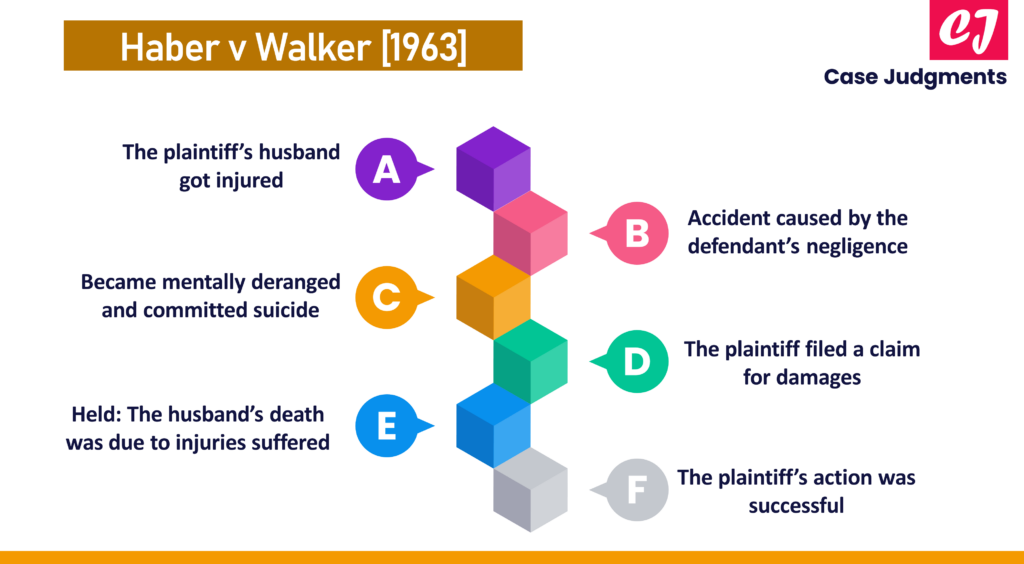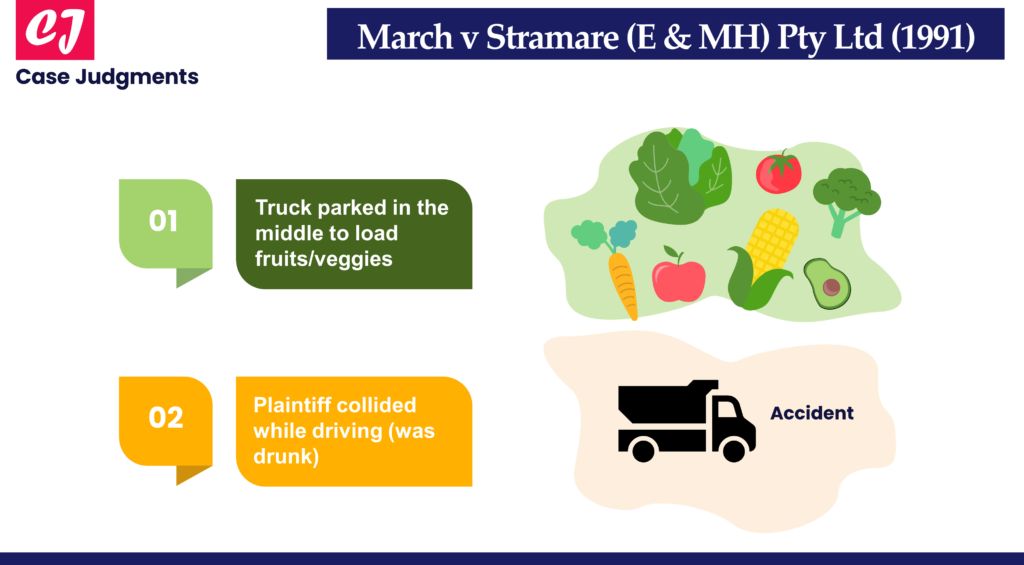
Wyong Shire Council v Shirt (1980): A Case Summary
The case of Wyong Shire Council v Shirt (1980) addressed the topic of negligence and whether a Council was irresponsible in placing a sign indicating deep water in a local lake when the water was actually shallow. The Court looked at the standard of care and whether the Council acted appropriately in light of the risk of injury to water skiers under the circumstances.
Given below are the case details:
| Case name & citation: | Wyong Shire Council v Shirt [1980] HCA 12; (1980) 146 CLR 40; (1980) 29 ALR 217 |
| The concerned Court: | High Court of Australia |
| Decided on: | 01 May 1980 |
| The bench of judges: | Stephen, Mason, Murphy, Aickin and Wilson JJ. |
| Area of law: | Foreseeability of risk; standard of care; negligence; breach of duty |
Facts of the case
In the given case, the plaintiff became a quadriplegic after hitting his head on the bottom of a lake while water skiing. The water was just over a meter deep at that location. The plaintiff claimed that a nearby ‘Deep Water’ sign erected by the Council’s engineer misled him into thinking the lake was normally deep and safe for inexperienced skiers. The sign created a reasonable expectation of deep water throughout the lake making him believe that it was safe for skiing. In reality, the Council had put the sign adjacent to a deep channel dredged though the lake was otherwise shallow.
The plaintiff thus sued the Council alleging negligence by erecting misleading signs.
Issue raised
Was the Council negligent for the injury?
Judgment of the Court in Wyong Shire Council v Shirt
The decision was taken in favor of the plaintiff.
The High Court held that the defendant was negligent despite the fact that the likelihood of someone misinterpreting the signs was low. In addition, it was determined that the Council had not taken adequate steps to address this risk. It would have been relatively simple for the Council to ensure that the signs were explicit as to where the deep water was actually located.
Reasoning and concept behind the decision
In assessing whether a breach of duty has occurred, the key factor is to take into account the relevant risk of injury. The idea is that the foreseeability of a risk of injury is not dependent on the probability or improbability of that injury occurring. Rather, it is about determining whether the risk in question is not “far-fetched or fanciful.” That is, despite being rare or uncommon, if an injury is such that a reasonable person would not dismiss it as highly improbable and is not considered far-fetched or fanciful, then it can be deemed foreseeable.
Once it is established that the risk is foreseeable, the next step is to determine the standard of care that ought to be adopted by a reasonable person in the defendant’s position. Mason J. says that how a reasonable person would respond to the risk calls for the consideration of a number of factors. These include the magnitude of the risk, the degree of probability of the risk’s occurrence, the cost, difficulty, and inconvenience associated with taking actions to mitigate or alleviate the risk, and any other conflicting responsibilities that the defendant may have.
Quotes from the case
Mason J. laid down the common law test for breach of duty as under:
‘…the tribunal of fact must first ask itself whether a reasonable man in the defendant’s position would have foreseen that his conduct involved a risk of injury to the plaintiff or to a class of persons including the plaintiff. If the answer be in the affirmative, it is then for the tribunal of fact to determine what a reasonable man would do by way of response to the risk. The perception of the reasonable man’s response calls for a consideration of the magnitude of the risk and the degree of the probability of its occurrence, along with the expense, difficulty and inconvenience of taking alleviation action and any other conflicting responsibilities which the defendant may have.’
Conclusion (Wyong Shire Council v Shirt)
To evaluate the standard of care, the courts aim to address two things:
1. whether a reasonable person in the defendant’s position would have foreseen that their actions or conduct carried a risk of injury to the plaintiff; and
2. the reasonableness of the defendant’s response to this identified risk.
The objective is to determine whether the actions or precautions taken by the defendant, given their knowledge and circumstances, were in line with what a reasonable person in a similar setting would have done to mitigate or address the risk.
List of references:
- https://s3.studentvip.com.au/notes/1728-sample.pdf
- https://www.coursesidekick.com/law/47723
- http://ndl.ethernet.edu.et/bitstream/123456789/49417/1/17.pdf
YOU MIGHT ALSO LIKE:
MORE FROM TORT LAW:

